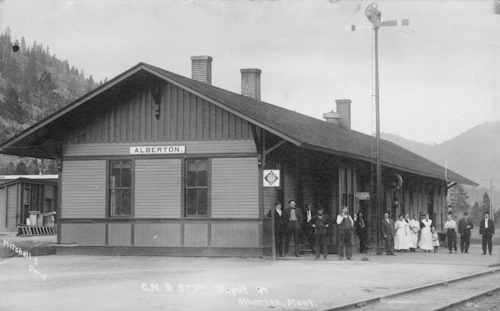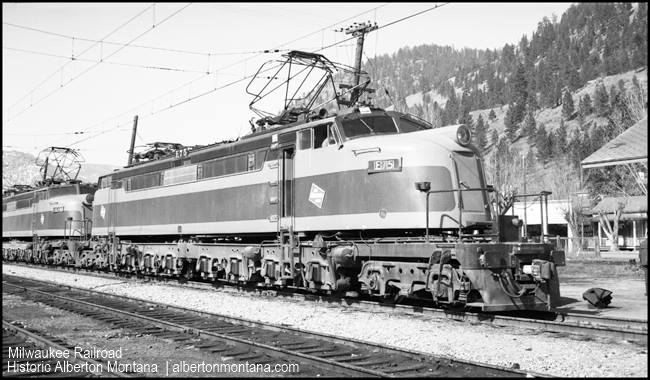
Mountain-top view of Alberton MT in 2006. Note the open land east of town (top right). Today, this bench is a subdivision homes. Prior, it grew alfalfa and pastured livestock as part of the historic and long-lived Thompson Ranch. c) ViZzlo
ORIGINS OF A-TOWN
What the Milwaukee needed was land for a right-of-way, train station, and rail yards to service their state-of-the-art steam engines. In 1907, the Company surveyed this stretch of Montana river corridor for the Milwaukee Railroad.
What the Milwaukee needed was land for a right-of-way, train station, and rail yards to service their state-of-the-art steam engines. In 1907, the Company surveyed this stretch of Montana river corridor for the Milwaukee Railroad.
















